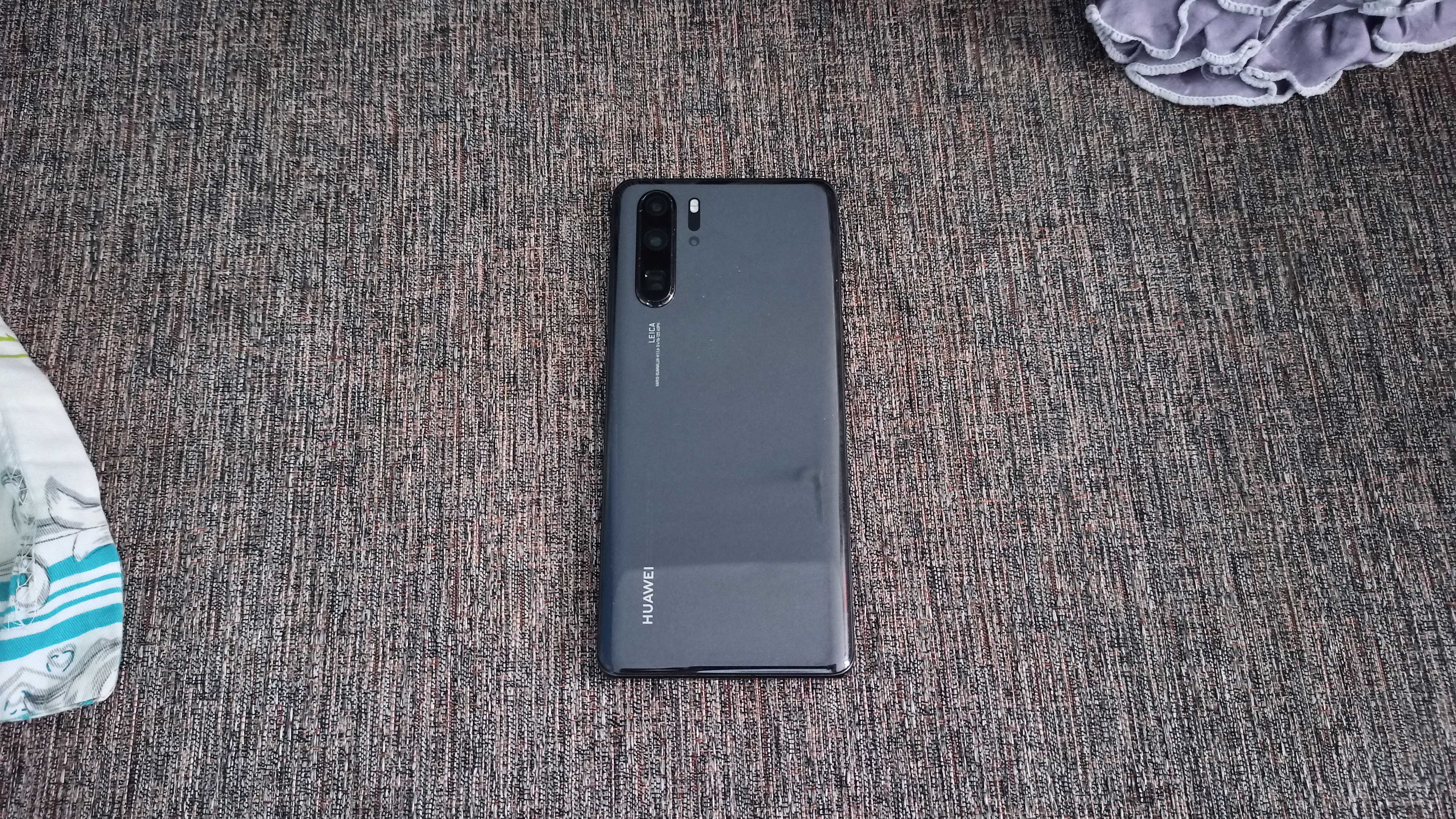
It was at the peak of its powers in early 2019 that the flagship Huawei P30 Pro was released, a handset that stood out with a remarkable set of cameras and powerful battery life. As expected, it had all the bells and whistles, such as IP68 water resistance, a curved-OLED display, wireless charging and fast charging, things one would expect from a flagship.
But, fast forward to mid-2020, the global outlook for the Chinese brand is grim due to China’s worsening ties with the US. The company’s access to Google Apps has been completely cut off dealing a blow to the prospects of its current flagship - the Huawei P40 Pro. As such, we revisit the Huawei P30 Pro and re-asses how the Huawei P40 Pro predecessor stacks up against today’s high-end offerings and whether it would make sense to buy one in 2020.
Since this is a six-month long-term review, we’ll be focusing on those aspects that depreciate over time specifically. This means that physical durability, battery life, performance will be a key point of discussion.
Design
Most flagships these days come in a metal-glass sandwiched built and the P30 Pro is no exception. It’s sturdy, slim, eye-catching, but also slippery. It has stood the test of time well as there aren’t any big chinks in its armour. However, since it is a glass back, it has accumulated a lot of scratch marks over time, not to mention I have to be pretty careful not to slam it against any surface. I’m not the one to use my phones with cases, it just ruins the fun. Hence, the back has quite a few signs of wear and tear. The glossy finish also gets sticky smudgy when you hold it for long and I particularly felt the need to wipe it after noticing it numerous times. For the same reason, I’ve grown to love Matte colours and finishes on phones like the OnePlus 8 Pro. It just makes the phones a lot cleaner.
To add to that, it’s a glossy finish which, I must say, I hate to see on phones. And I’m pretty sure I’m not the only one. It’s a constant smudge fest and the back never remains clean as you would like. To top all things off, we received the Black version which gets way more dirty than the gradient Breathing Crystal White. That’s one reason I prefer matte finishes like the Blue on the OnePlus 7 Pro. Moreover, the glossy finish makes it very prone to a fall. I reckon it’s time smartphone makers, especially Huawei, switch to matte finish colours. The front, on the other hand, has almost no scratches despite not having a screen protector which is very nice to see.
One thing that’s also worth admiring is the almost seamless build that in turn leaves no room for dust accumulation in the long term. The rear camera module isn’t completely flush with the background which means the phone can never lay flat on the surface, except if you’re using a case. Despite a large 6.7-inch screen, the overall build is slim as well as handy. I do have big hands that allow me to use the phone one-handedly for most situations, but your mileage may vary.
Display

The curved OLED display of the Huawei P30 Pro is magnificent to use. It’s adequately bright in all situations, has great viewing angles, and is adequately colour-accurate as well. In fact, Huawei has built-in a pretty elaborate colour temperature adjustment software if users don’t like the default configuration. On the other hand, the resolution tops out at Full-HD+. While that’s not a major con for most users as the difference between Full-HD+ and QHD+ isn’t immediately apparent, it is a sought-after feature by some. So, if you’re looking for 4K quality for games or videos, it’s one of the few places where the P30 Pro falls short of expectations.
Get daily insight, inspiration and deals in your inbox
Sign up for breaking news, reviews, opinion, top tech deals, and more.
The automatic brightness sensor also works pretty well adequately tuning the screen when needed, even though I prefer the manual approach. Since it is a curved display, I’ve faced few accidental touches, but Huawei has done a good job to cancel out any major issues surrounding it. It’s also stood up well to the test of time as I’ve not seen many scratches despite not having a screen protector. However, if you prefer a scratchless display, I would recommend getting a protector.
A recent update has also added the Always-On display with a few nice customizations laid on top. The panel tops out at Full-HD+ but it is vibrant and bright enough for Netflix, games, and videos. But that’s about it with regards to the display. It’s a flagship phone and it is a surely a flagship-grade display that you won’t find much to complain about. The Huawei P30 Pro comes with a central notch atop the display which could be a hindrance to the full-screen experience desired by many. Thankfully, there’s a toggle to camouflage the notch inside a black status bar which essentially makes the Huawei P30 Pro screen look like a Galaxy S9+.
The on-screen fingerprint reader isn’t optical and it is a bit slower for my liking. However, you might stop noticing it once you get used to it as there’s not a huge difference. It is pretty accurate though and works 85-90% of the time. Finally, the addition of IP68 ratings cannot be overstated. It gets you the peace of mind when stepping out in rainy conditions or when your phone might accidentally get dunked in a pool.
Abdul Q is a Content editor at Techradar India. Formerly.
